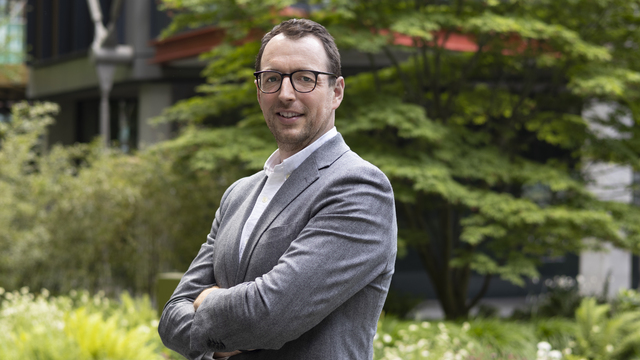by Helen Pearce
Increasing pressure on the management of both institutions and property companies has focused attention on marriage value, according to Alan Marks, investment partner of D E & J Levy, who says that such transactions are “the mental equivalent of physical refurbishments”.
In an increasingly competitive market, with an ever sharper emphasis on active property management, funds and companies “are working their properties with a new attention to detail”, he added.
Recently for Colman Consolidated Properties, the E Alec Colman Group investment subsidiary, he bought back a long lease on Station House, on the North Circular, Stonebridge Park, Wembley, from pension fund clients of Healey & Baker.
The 171,000-sq ft block (shown here) was developed by CCP in the 1960s, and financed by a sale and leaseback with a 21-year review pattern. CCP retained the freehold and granted the fund a 100-year lease on which the leaseback was granted.
Mr Marks commented that “this unusual feature can be glossed over, but should be kept in mind as this was one of the reasons the fund came to the negotiating table”.
Neither the fund nor the developer had a normal freehold or leasehold interest and Mr Marks said: “Anything complicated tends to be ignored in the investment market.” Using Station House as an example, he said that marriage vaule deals were “sorting out the equity equation”.
Obsolesence was a factor in this. “All buildings date, and sooner or later need more than just repair and decoration to keep them up-to-date with modern standards.” When a party holds only part of the equity it may not be willing to take on refurbishment, according to Mr Marks.
In the case of Station House, the first 21-year review on CCP’s lease was due towards the end of last year and the fund might have estimated a total rental value on the property of “say £800,000”. CCP’s income was lower at that time because of non-coincidental reviews on occupational subleases.
Under the original financing terms, CCP charged the fund £50,000 pa and were in turn charged £157,000 pa — a net outflow from CCP of £107,000 pa. Substantial changes were expected at the first review — based on a formula which represented 55% gearing. Thus CCP’s net outflow could increase to “as much as £440,000 and accordingly they sought to buy out the fund’s interest”.
Mr Marks commented: “It was apparent that both CCP and the fund were saddled with unfashionable interests”, and following lengthy negotiations CCP bought out the long lease for £2.75m prior to review. In due course they “could expect to achieve £800,000 pa and their freehold investment could be worth, say, £8m, according to market conditions,” says Mr Marks. He added: “CCP would then have profited by more than the combination of the value of their original interest and the cost of buying in the lease, with profits running into millions.”
The fund’s interest, “the most susceptible to changes of fashion in the investment sector”, was burdened with performance requirements, whereas CCP had no historic costs — the development being funded — and were free to be entrepreneurial.










